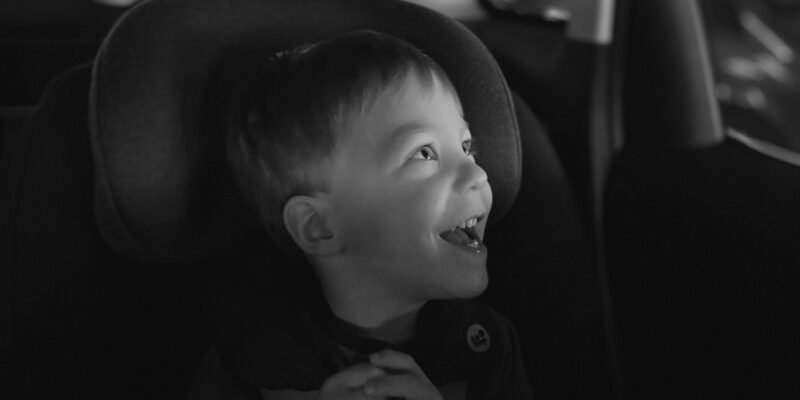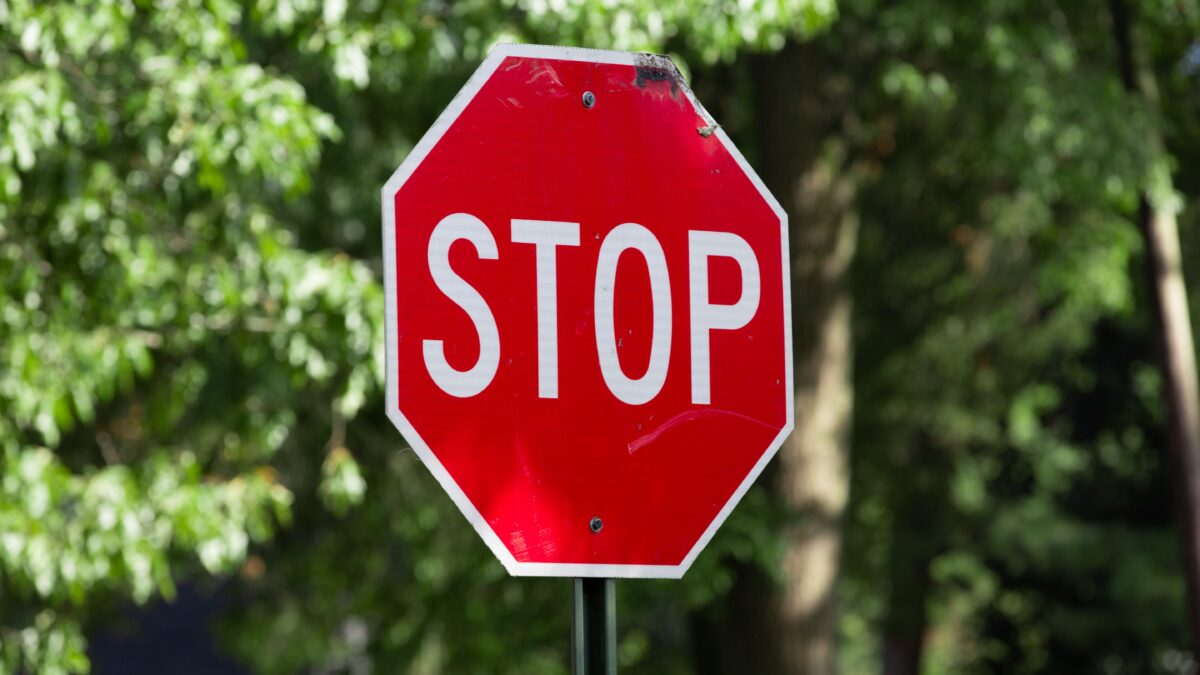Child Passenger Safety Week 2023: Protecting Precious Lives on the Road
Every year, Child Passenger Safety Week serves as a crucial reminder of the importance of keeping our youngest passengers safe while traveling. As parents, caregivers, and responsible adults, ensuring the well-being of our children on the road should be a top priority. Today, in honor of the national campaign, we’ll dive into the significance of Child Passenger Safety Week 2023, discuss the latest safety guidelines, and offer practical tips to make every car journey with kids a secure and worry-free experience.
Understanding Child Passenger Safety Week 2023
Child Passenger Safety Week, typically held in September, is a national awareness campaign aimed at educating parents and caregivers about the correct use of child safety seats, booster seats, and seat belts for children. The ultimate goal is to prevent injuries and save lives by ensuring that children are correctly secured in vehicles.
The Importance of Proper Child Restraint Systems
Child safety seats, booster seats, and seat belts tailored for children are critical tools in protecting young passengers. They are designed to provide the appropriate level of restraint based on a child’s age, weight, and height. Properly installed and used, these systems significantly reduce the risk of injury in the event of a crash.
Key Takeaways from Child Passenger Safety Week
Know the Right Seat: Understand which type of child restraint system is appropriate for your child’s age, weight, and height. Infant seats, convertible seats, booster seats, and seat belts all have specific guidelines.
The NHTSA’s Ease-of-Use Ratings (EOU) provide a way for you to assess the user-friendliness of specific car seat features. Undoubtedly, this information empowers you to make knowledgeable choices when selecting the appropriate car seat for your needs.
With the Car Seat Finder tool, simply input your child’s age, height, and weight, and then select “View Detail” in the “Ease-of-Use Ratings” category corresponding to the brand, model, and configuration (position) of the car seat. Each configuration is individually rated for ease of use.
Proper Installation:
Ensure that your child’s safety seat is correctly installed in your vehicle. And if you’re unsure, consult your vehicle’s manual and the safety seat instructions, or seek assistance from a certified child passenger safety technician.
Rear-Facing vs. Forward-Facing:
Keep infants and toddlers in rear-facing car seats for as long as possible. It’s recommended to switch to forward-facing seats only when they outgrow the rear-facing seat’s weight and height limits.
Booster Seats:
Transition to booster seats when your child has outgrown their forward-facing seat but is not yet tall enough to use a seat belt alone safely. Here are some essential points to consider during this transition:
- Age and Size Requirements: Booster seats are designed for children who have outgrown their toddler car seats, usually around the age of 4 to 8, but this can vary based on your child’s growth. It’s essential to follow both the car seat and booster seat manufacturer’s guidelines for specific weight and height limits.
- Belt-Positioning Booster Seats: Booster seats serve the crucial role of elevating your child, allowing the seat belt to fit them properly. They position the lap belt across the hips and the shoulder belt across the chest and shoulder, reducing the risk of injury in the event of a crash.
- Backless vs. High-Back Boosters: Booster seats come in two main types: backless and high-back. High-back boosters provide additional head and neck support and are ideal for cars without headrests. Backless boosters are more portable and suitable for vehicles with adequate headrests.
Seat Belts:
Once your child is big enough, use a lap and shoulder seat belt properly. Ensure that the shoulder belt crosses the chest and shoulder, not the neck.
According to Traffic Safety Marketing statistics, 1,552 kids between the ages of 8 and 14 died in motor vehicle crashes over the past 5 years; of those who died, almost half were not buckled up. Many times, deaths and injuries can be prevented by making sure your child is properly buckled up in the back seat.
Practical Tips for Child Passenger Safety
- Regularly check for recalls on your child’s car seat and register it with the manufacturer to receive important safety updates.
- Set a good example by always wearing your seat belt. Children are more likely to follow safety rules if they see adults doing the same.
- Avoid dressing your child in bulky clothing or using aftermarket products. These can interfere with the proper fit of the harness or seat belt.
- Always place the car seat in the back seat, away from the airbag, for the purpose of government guidelines.
- Keep a clean car. Maintain a clean car interior, especially in the area where your child’s car seat is installed. Crumbs and debris can interfere with the seat’s attachment and harness function.
- When transitioning from rear-facing to forward-facing and later to booster seats, do so gradually as your child meets the height and weight requirements. Avoid rushing through these stages.
Practice child passenger safety daily
Child Passenger Safety Week serves as an annual reminder of our responsibility to protect our little ones on the road. By staying informed about the latest safety recommendations, properly installing and using child restraint systems, and setting a safe example, we can ensure that every car journey is a secure and enjoyable experience for our children.
Overall, we hope you find this information useful and valuable as you navigate the important journey of child passenger safety! To learn more about the safety campaigns and local events going on during Child Passenger Safety Week 2023, visit the United States Department of Transportation link here. Afterwards, please take a moment to comment and share the daily safety practices you follow to protect your tiny passengers.

















